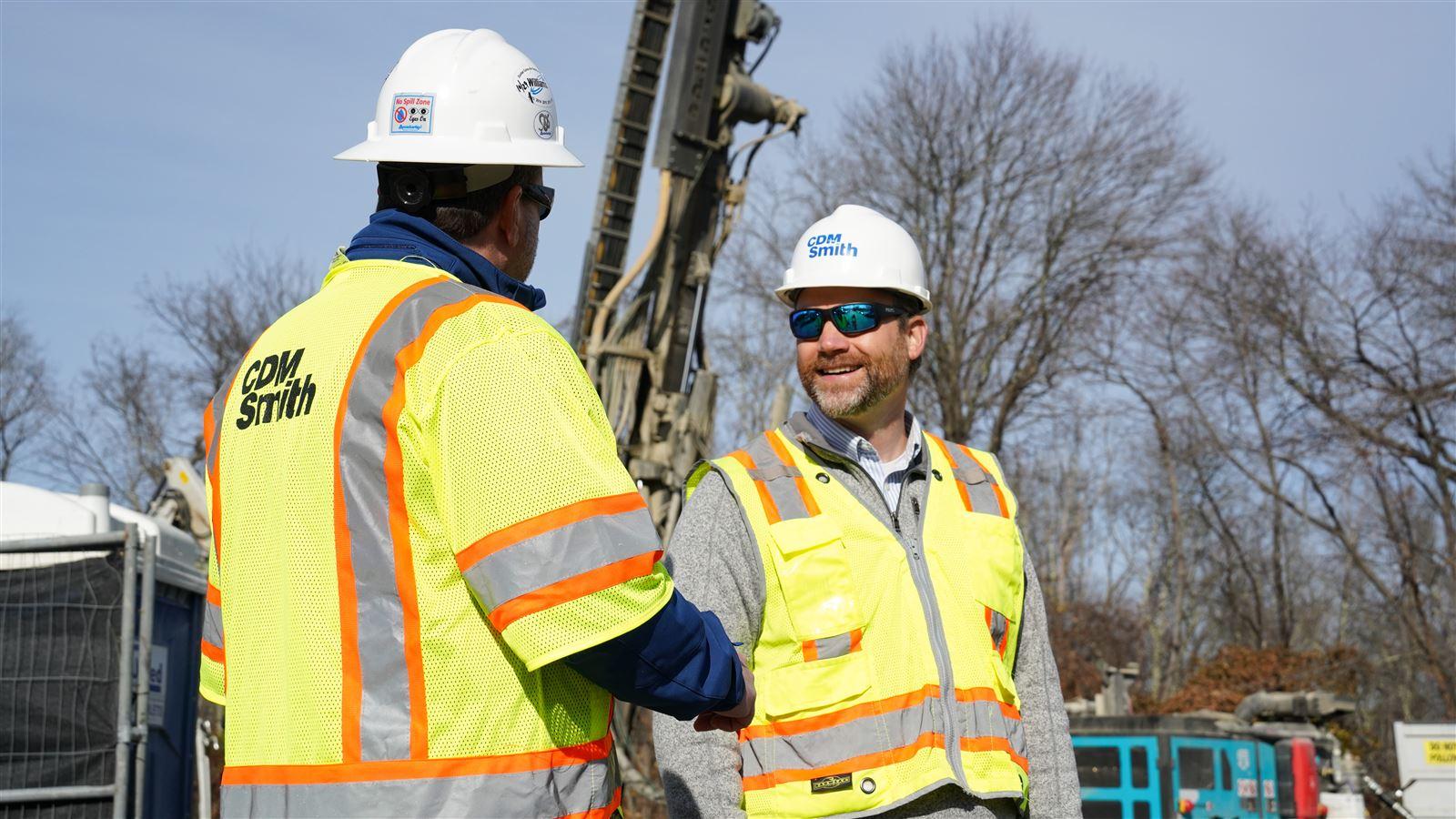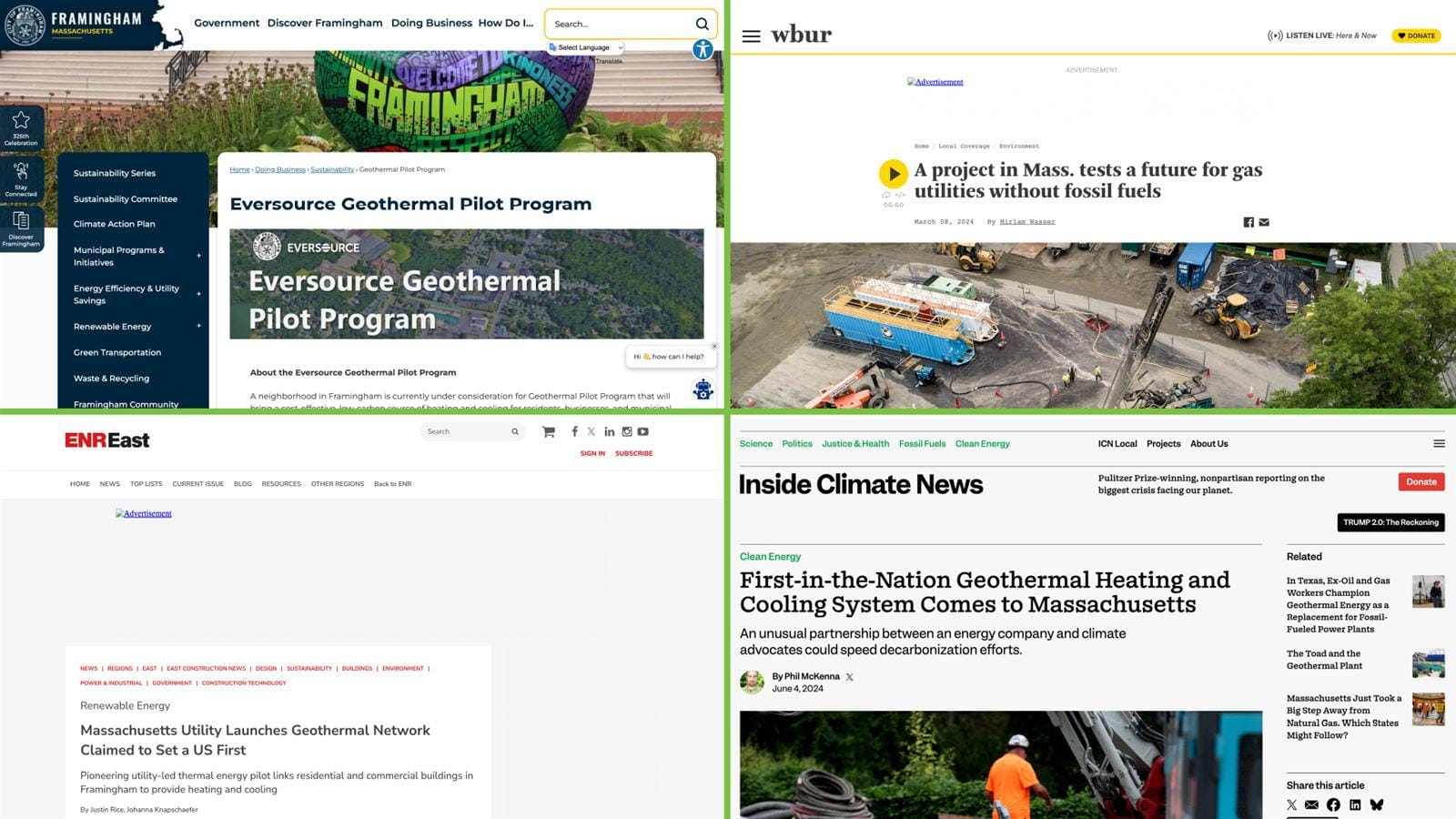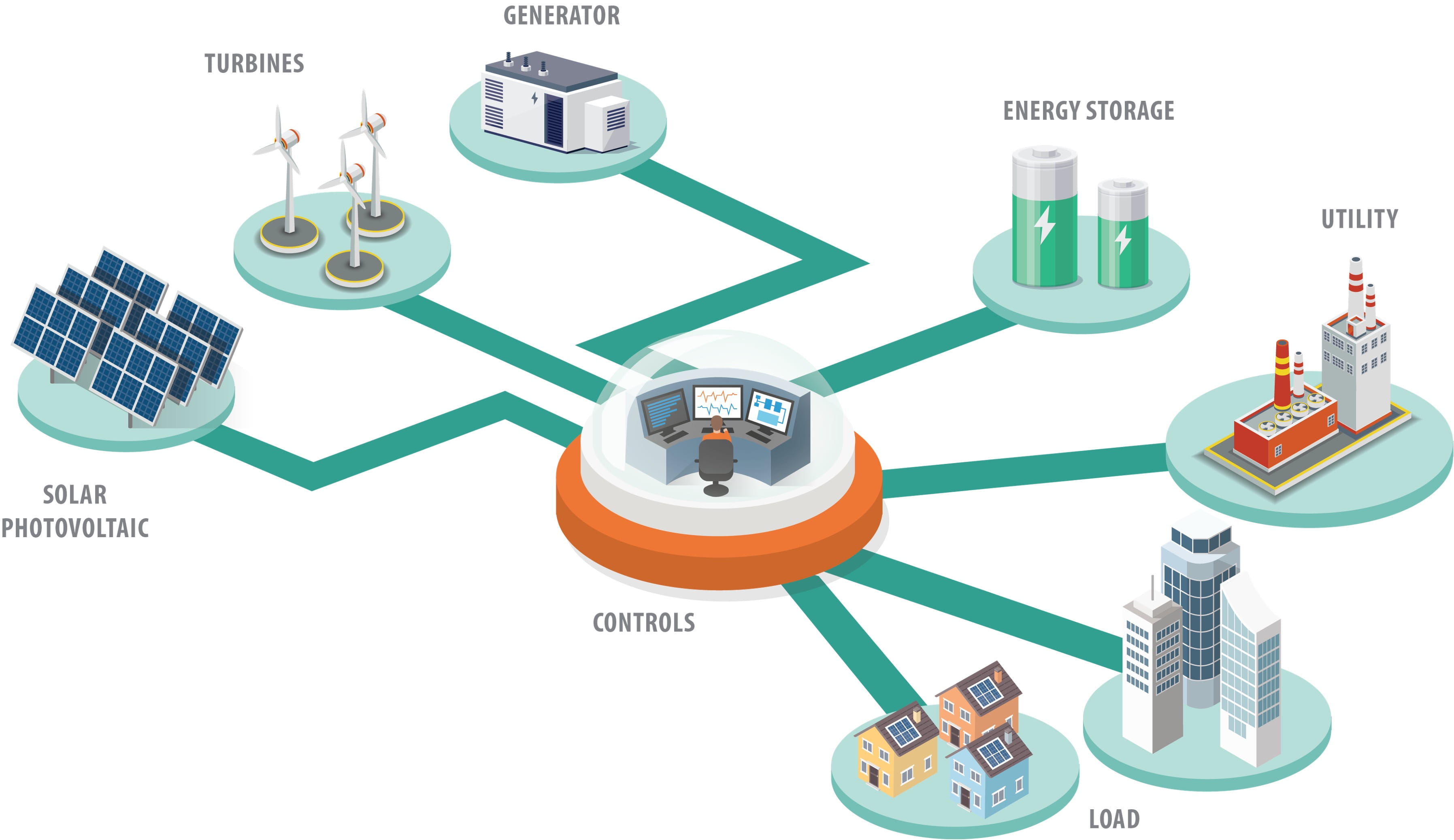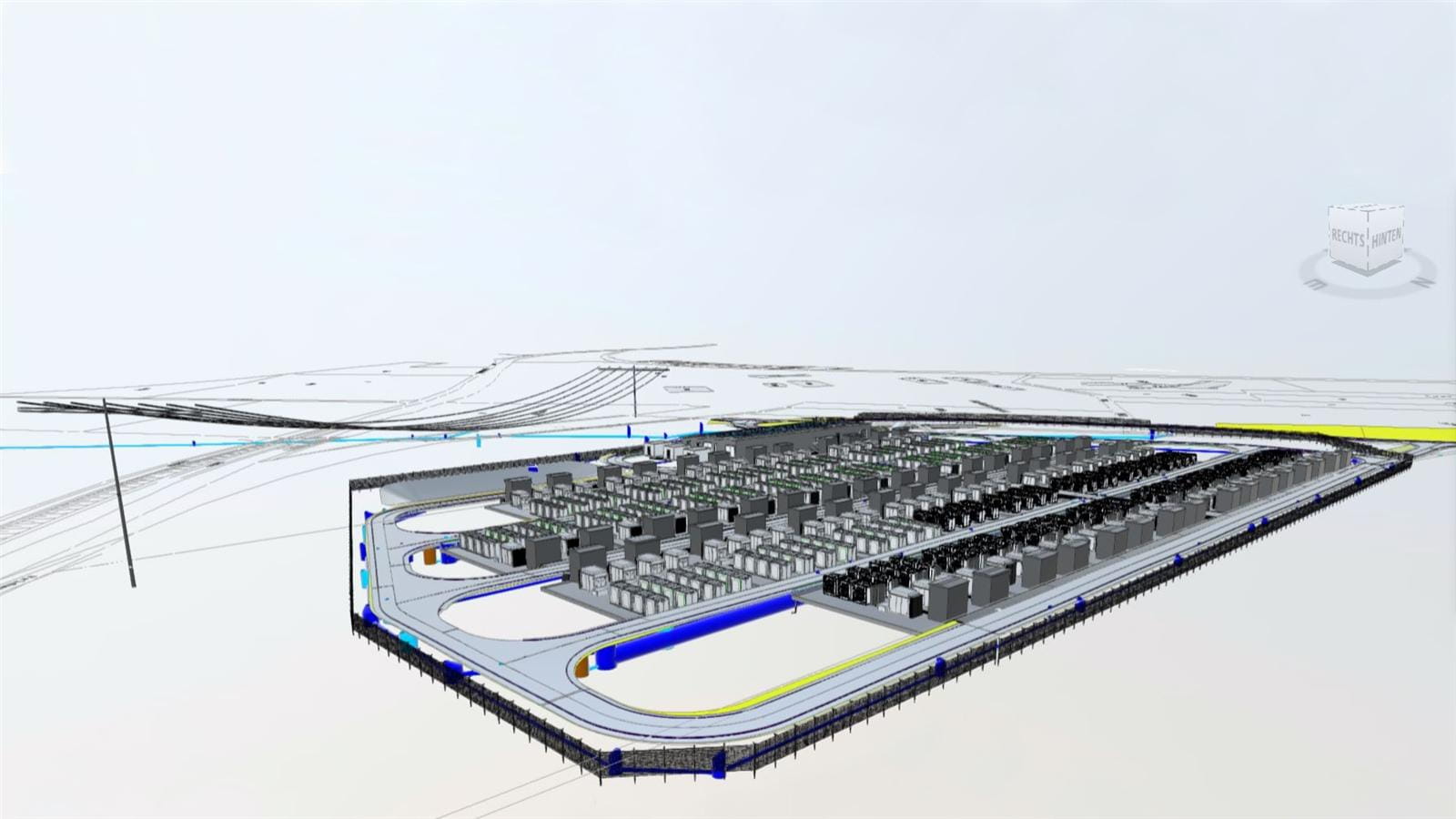Load-Growth Forecast Calls for Bold Energy Solutions
Rebecca Ryan is a futurist, an economist and the founder of Next Generation Consulting. “The imbalance between energy supply and energy demand, is going to affect us,” she informed the attendees at a webinar on the Next Generation of Energy Solutions. “And the race is on.”
In their annual forecast of energy load growth over the next five years, Grid Strategies predicted a 15.8-percent increase at the close of 2024. Although multiple factors are involved, data centers, experts agree, will significantly contribute to the biggest surge in demand the U.S. has seen in decades. Installing new nearby energy generation could cost billions of dollars.
“Many organizations are looking for a range of options and resources to meet their energy needs,” says Matt Goss, CDM Smith’s Energy lead. “And delivering these projects requires futuristic thinking, with practical solutions.”
Utility Thermal Energy Networks
A utility thermal energy network (UTEN) takes the concept of moving and storing heat throughout a building and applies that to an entire neighborhood. UTENs allow multiple independently-owned facilities and structures to collaboratively optimize their energy use.
The town of Framingham, MA recently has begun operating the first networked geothermal system in the U.S. Using a system of boreholes and a ground heat exchanger, the system takes excess heat in the buildings, pushes it down into the ground, and stores it there like a thermal battery.
In addition to geothermal, we can use systems like sewer water heat exchangers, heat injection rejection chillers, standard boilers or river and pond water heat exchangers to power these UTENs.
“We really want to emphasize the fact that these systems are all electric,” says Sam Gerber, a CDM Smith mechanical engineer supporting the first wave of UTEN projects. “Basically, instead of burning gas to heat our building, we're just moving heat around through space and time.”
Want to learn more?
Reach out to Sam Gerber, who has worked on the biggest UTEN projects in the country, including two of the tallest residential buildings in New York State and other groundbreaking community-scale systems.

Delivering these projects requires futuristic thinking, with practical solutions.

Microgrids
A microgrid is a grouping of interconnected local distributed energy resources (DERs). These can include generation sources like solar panels, wind turbines, fuel cells, combined heat and power systems, diesel generators, and natural gas generators. It can also encompass energy storage systems like batteries and controllable loads that can be managed to balance electricity supply and demand.
“With any of these projects, there’s a lot of advanced planning that happens,” says Jeff Donaldson, Energy discipline leader at CDM Smith and a sustainability expert for the microgrid project in Fort Wayne, IN. The project is a key component of the city’s Climate Action and Adaptation Plan, projected to save $8-10 million in electricity costs in the first 20 years, and $60-70 million over 40 years.
Microgrids have the unique ability to operate in two distinct modes. They can function while connected to the utility grid, working in parallel and potentially supplying excess power back to the grid. Alternatively, they can operate in island mode, completely disconnected from the main grid. This enables them to provide power during wider grid outages, which enhances local energy reliability and resilience.
Want to learn more?
Reach out to Jeff Donaldson, who served as project manager for Energy Sustainability Services on the Fort Wayne microgrid project, in addition to dozens of similarly innovative energy projects.
Battery Storage
As we integrate more renewable energy sources like wind and solar, the challenges of balancing supply and demand increase. For this reason, large-scale battery storage is on the rise. Large battery storage systems can help the grid instantly respond to fluctuations in electricity demand and help maintain frequency and voltage.
From a financial perspective, battery storage enables energy arbitrage. By storing electricity when prices are low and using or selling it when prices are high, grid operators and businesses can optimize their costs and create new revenue streams.
“We see a lot of these projects in Europe right now,” says Lukas Wallrabe, deputy head of Business Development in Germany for CDM Smith. “Many wind farms and solar plants are integrating battery storage directly into their systems, allowing for smooth energy supply, even when generation is inconsistent,” Wallrabe says.
Wallabe was part of an award-winning team that recently designed and constructed the largest grid battery storage system in the world. Known as the Gridbooster Project in Kupferzell, Germany, it has set new standards in battery storage.
Battery storage is even more than system stabilization and cost savings. “It also helps optimize transmission infrastructure, so instead of constantly building new high-voltage power lines, we can make better use of the existing grids by strategically placing battery storage to balance power flows and reduce congestion.”
Want to learn more?
Reach out to Lukas Wallrabe, Deputy Head of Business Development and guiding force behind the Grid Booster Kupferzell in Germany.





